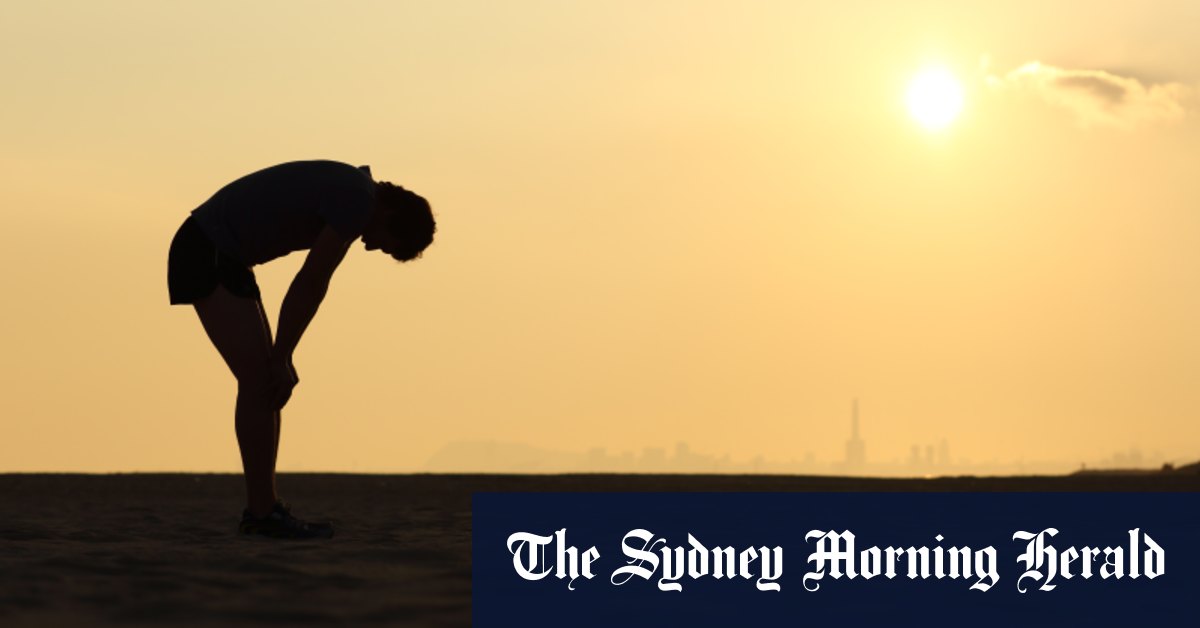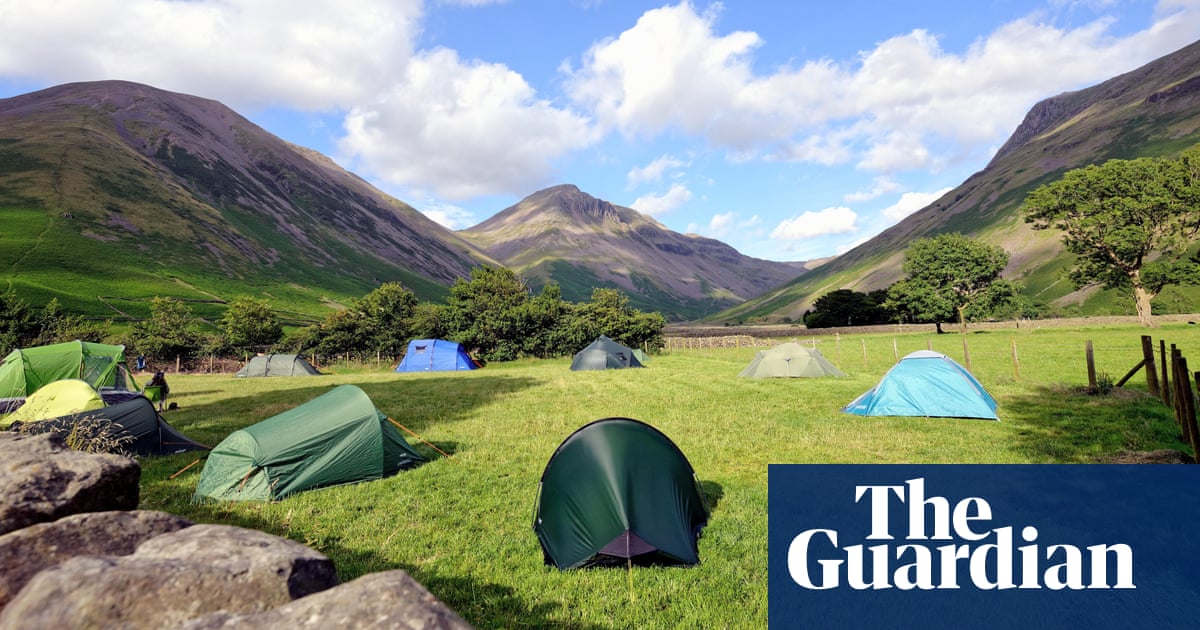But he is also referring to how extreme conditions affect our enjoyment of activity, especially given sedentary behaviour is already a health issue for Australians.
Will the weather become another reason why kids won’t be physically active outside, or will we all be less physically active in our everyday lives, avoiding play or active commuting because of heat-related physical discomfort?
“Those are the kinds of things I’m concerned about,” says Professor Jay. “Below heat exhaustion [when we lose too much water and salt] and heatstroke, you’ve got suffering. We shouldn’t just pay attention when people end up in the emergency room.”
Crain imagines there will be “a natural evolution” in how we adapt to changing weather, including innovations to make clothing lighter and more breathable.
The way we physiologically cool ourselves is through the evaporation of sweat. If the sweat can’t evaporate because it’s too humid or because of the gear we are wearing blocks the body’s ability to do so, we will end up dehydrated but won’t cool down.
Apart from addressing gear, other feasible changes could be a move to playing certain sports indoors, earlier in the morning or later at night. There may be a different mix of sports being played in the next five to ten years as people “self-select” away from activities that require them to spend hours under an unforgiving sun, and we may see changes in the time of year or the way organisers run events.
Loading
Some organisers have already made changes as they attempt to avoid cancellations and criticisms, like those levelled at the Australian “Sauna” Championships 10 years ago.
“At the Australian Open, it’s not the heat, it’s the stupidity,” frothed the New York Times as it described how, over four days with temperatures reaching 40 degrees, tennis players hallucinated, fainted, vomited, and experienced melted sneakers and water bottles.
Jay has worked with Tennis Australia for the last six years to prevent a repeat of this. Now, they work on a five-point sliding scale of risk and, as conditions pass various thresholds, ensure increased hydration, implement cooling strategies, add extra breaks and, finally, suspend play.
“People always ask: what do you do, and how hot is too hot? The answer is: it depends,” he says.
It depends on the temperature, humidity, solar radiation and wind. It depends on the intensity of the sport and our gear. It depends on the duration, how fit, healthy, and old we are, as well as our individual thresholds. What works for tennis will not be the same for a marathon, and understanding what is and is not effective is important.
Applying ice to our wrists might make us feel cooler, but it does not affect the heat in our bodies or reduce our risk of overheating. And, as important as hydrating is (the water temperature doesn’t matter), we can drink all the water in the world and still overheat. On the other hand, applying water to our skin where it evaporates without depleting the body’s water is really effective, Jay says.
Together with Sports Medicine Australia, he has created a new tool that provides evidence-based advice on how to exercise safely in the heat.
In more extreme conditions, it typically involves providing more shade, having more rest breaks and ensuring there is enough hydration.
Hugh Singe, the managing director of Event Health Management and medical director of the Sydney marathon, is hopeful.
Loading
“The overall population health gains, through participation in exercise and sporting events, far outweigh the risks of a particular activity,” says Singe.
“The risks associated with particular activities, such as marathon participation, can be largely and adequately mitigated through better-informed preparation.”
If heat stress is managed along the way, the thresholds for cancelling an event are likely to become higher.
“In the next five to ten years, we’re going to have to keep on adapting,” says Jay. We need to take the threat seriously, understand the risk, and be ready for it.”
Make the most of your health, relationships, fitness and nutrition with our Live Well newsletter. Get it in your inbox every Monday.







